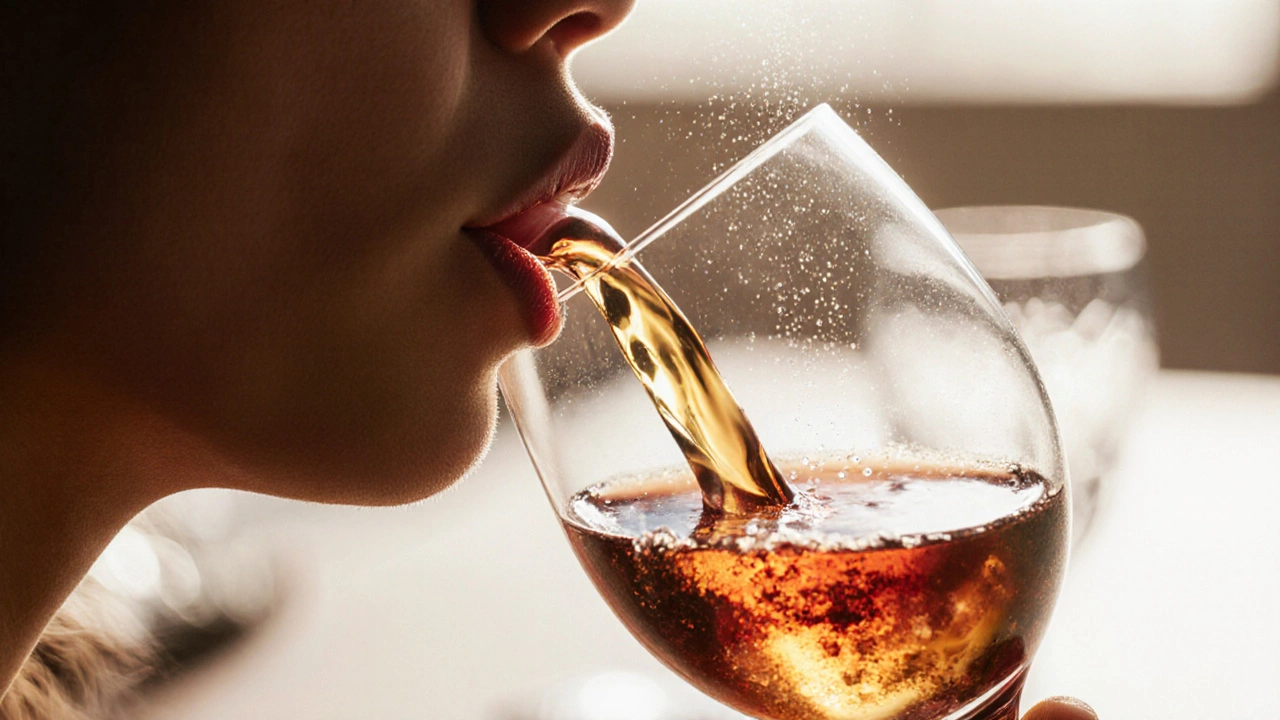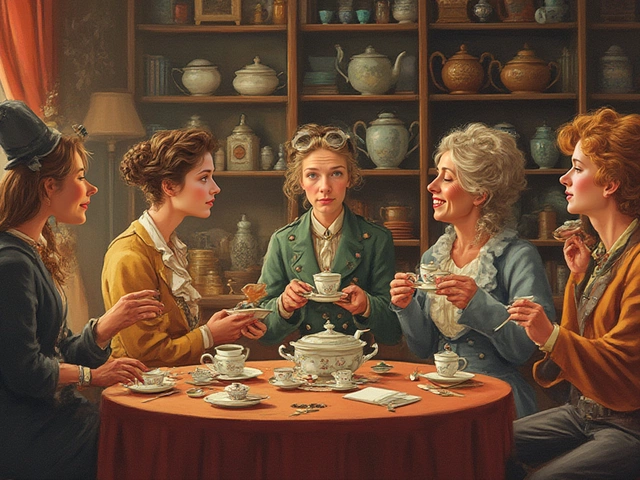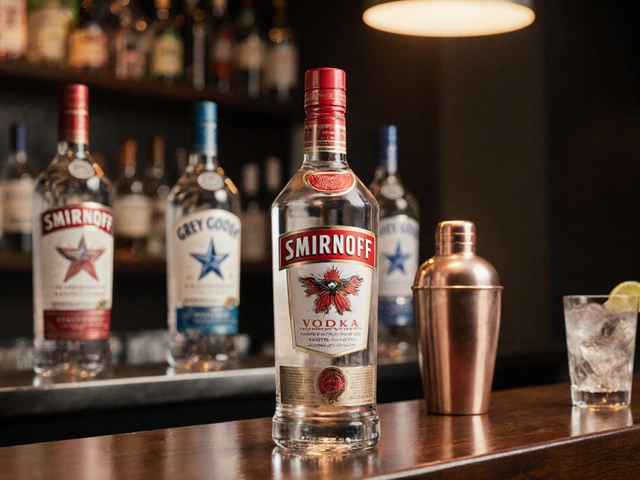Wine Aroma: The Key to Unlocking Every Bottle
When talking about wine aroma, the collection of scents you pick up as soon as you bring a glass to your nose. Also known as wine bouquet, it tells you about the grape, the winemaking process, and even the aging environment. wine aroma is the first handshake between you and the drink, shaping what you’ll taste, how you’ll pair it, and whether any flaws are lurking.
Understanding aroma isn’t just for sommeliers; it’s a skill anyone can develop. Wine tasting, the systematic way of evaluating a wine’s look, smell, taste, and finish relies heavily on the nose. A clean, expressive nose lets you pinpoint fruit notes, floral hints, spice, or earthy undertones. Those clues then guide the next step: wine pairing, matching food and drink so flavors amplify each other. If you smell bright red berries, a herb‑laden roast might be perfect; if you detect toasted oak, a creamy cheese could shine.
How Aroma Connects to Flavor, Pairing, and Fault Detection
Aroma and flavor are two sides of the same coin. The scents you catch first become the flavors you experience later, thanks to retronasal perception. This means that a wine with a strong citrus nose will usually taste crisp and lively on the palate. Knowing this link helps you predict how a wine will behave with food. For example, a wine showing vegetal aromas like bell pepper often pairs well with dishes that have similar earthiness, such as mushroom risotto.
But aroma also acts as a safety net. Certain off‑odors point to wine faults, mistakes or spoilage that create undesirable aromas such as cork taint (wet cardboard) or oxidation (sherry‑like). Spotting these early saves you from a disappointing sip and helps you choose a better bottle next time. Learning the typical signatures of faults turns a casual drinker into a more confident chooser.
Practically, building a solid aroma vocabulary takes a few habits. Start by sniffing a single fruit, herb, or spice and memorizing its scent. Then, when you open a new wine, compare its nose to those reference points. Keep a short notebook: jot down the dominant noses, the intensity (light, medium, strong), and any secondary hints. Over time, patterns emerge—certain regions produce recognizable aromatic profiles, and you’ll know which styles match your palate.
Besides the sensory side, the environment matters. Glass shape, temperature, and even room lighting can amplify or mute aromas. A tulip‑shaped glass concentrates volatile compounds, making it easier to detect subtle notes. Serving a white wine too cold will mute fragrant fruit, while a red that's too warm can over‑emphasize alcohol burn. Adjusting these variables is part of mastering aroma, and it directly influences how you’ll enjoy the wine and what foods you’ll pair it with.
All this knowledge sets the stage for the articles you’ll find below. We’ve gathered pieces that dive deeper into specific aromatics, guide you through mocktail alternatives that mimic alcohol’s burn, explain how to pair cheese with white wines, and even reveal the science behind why waiters pour a little wine first. Whether you’re after practical tips, myth‑busting facts, or fun anecdotes, the list offers a well‑rounded look at how aroma shapes the whole drinking experience.
Ready to explore? Scroll down to discover detailed guides, quirky confessions, and expert insights that will sharpen your nose and boost your confidence at the next tasting or dinner party.
Discover why swishing wine unlocks aroma, flavor and texture, with step-by-step tips, common mistakes, and a handy comparison of mouth actions.
View Details

